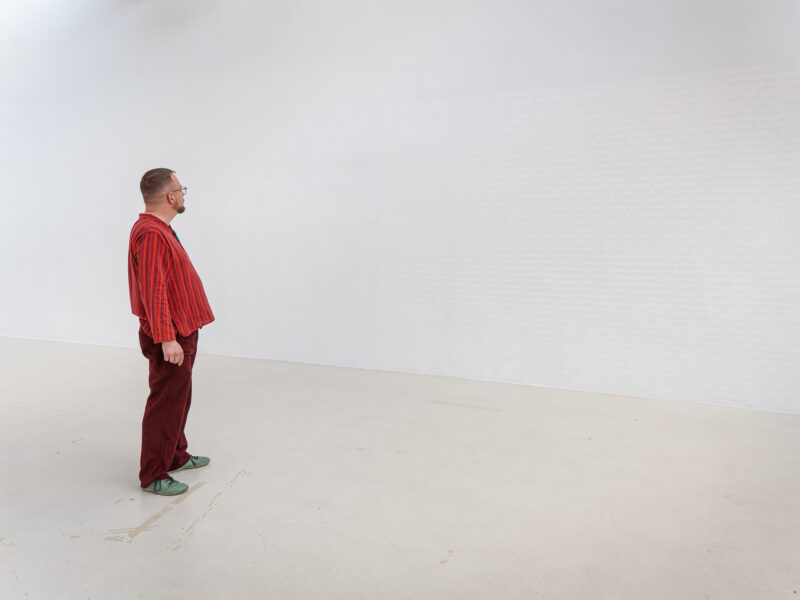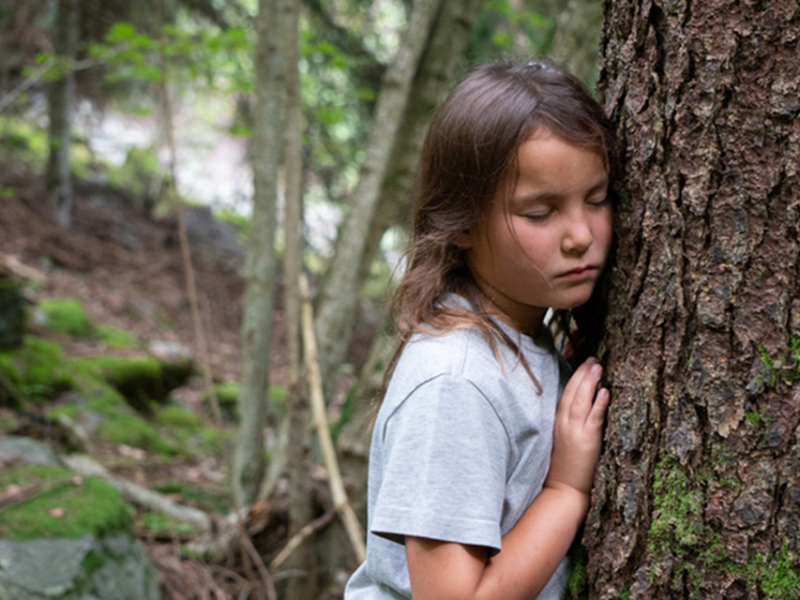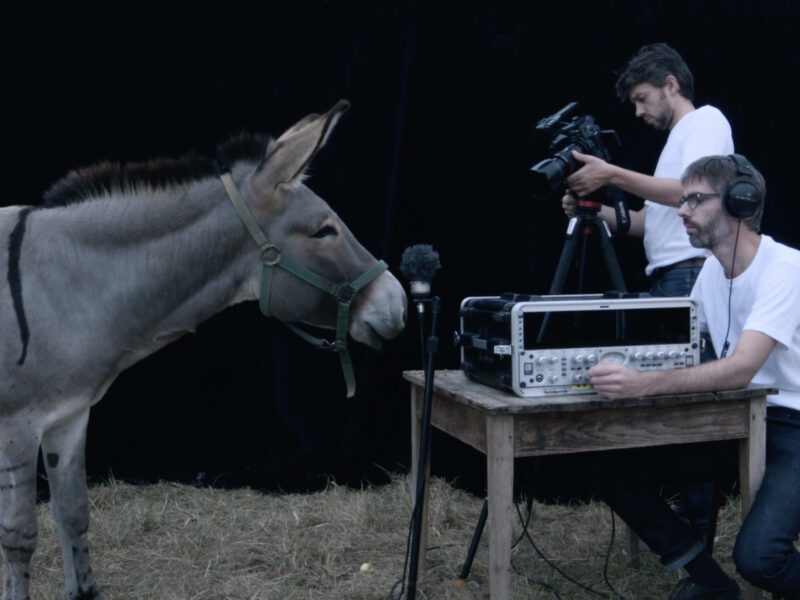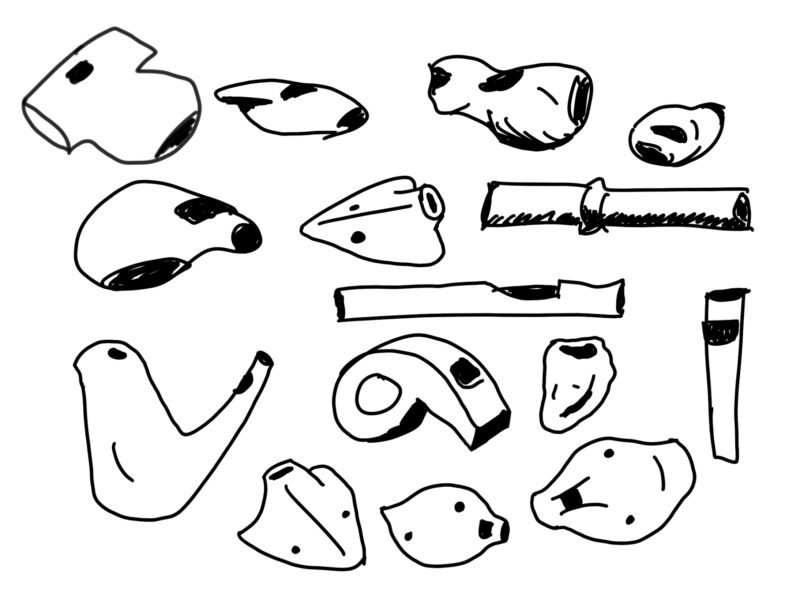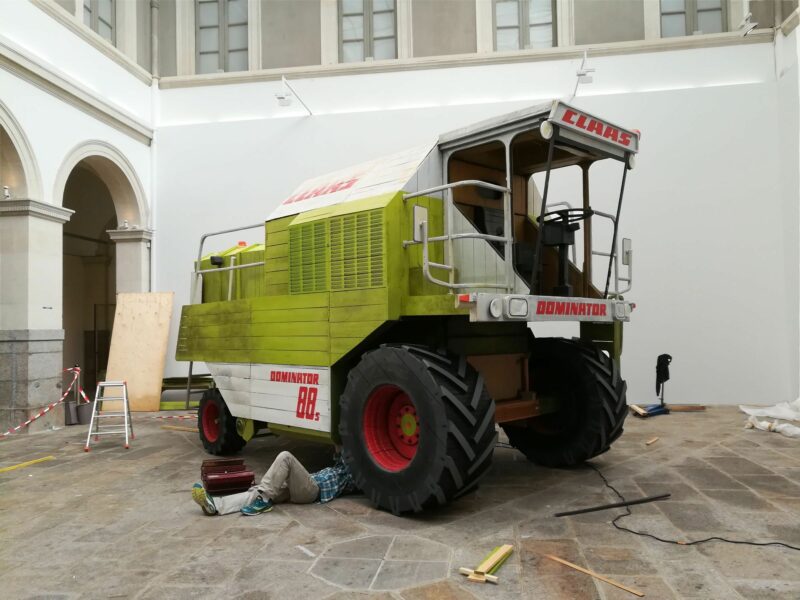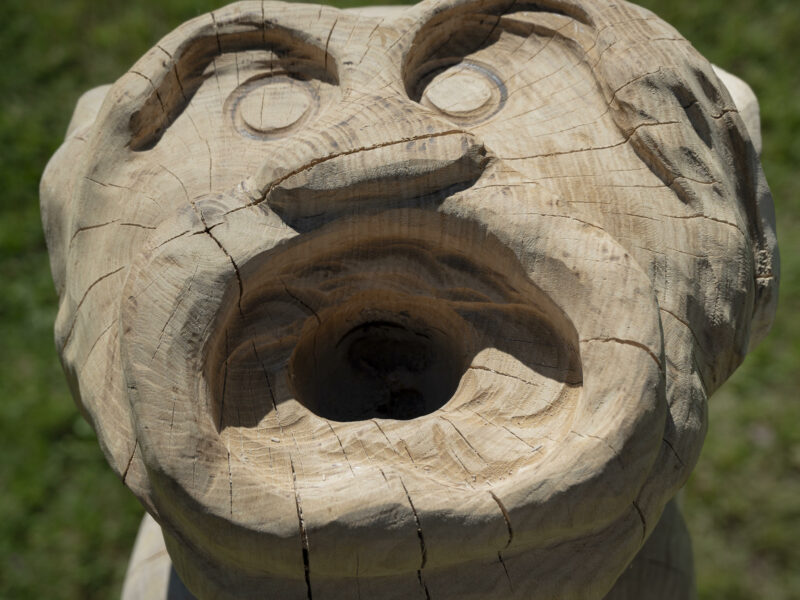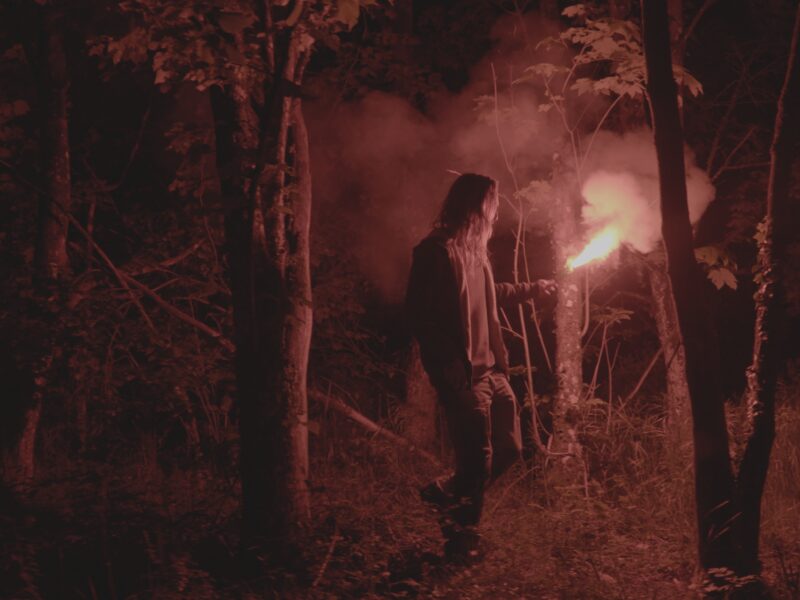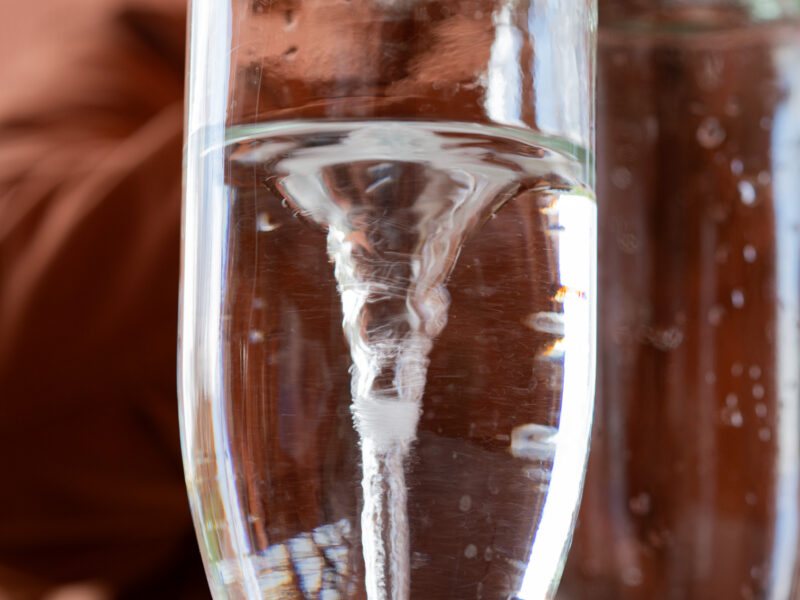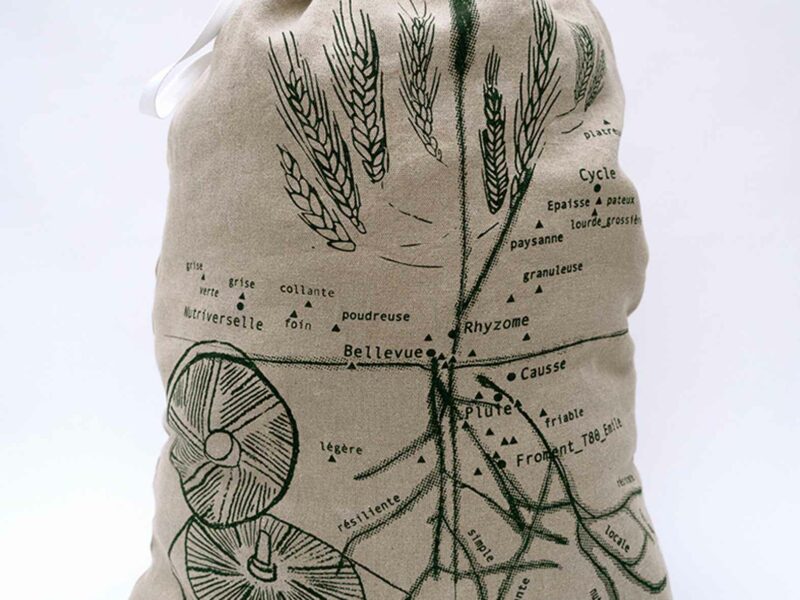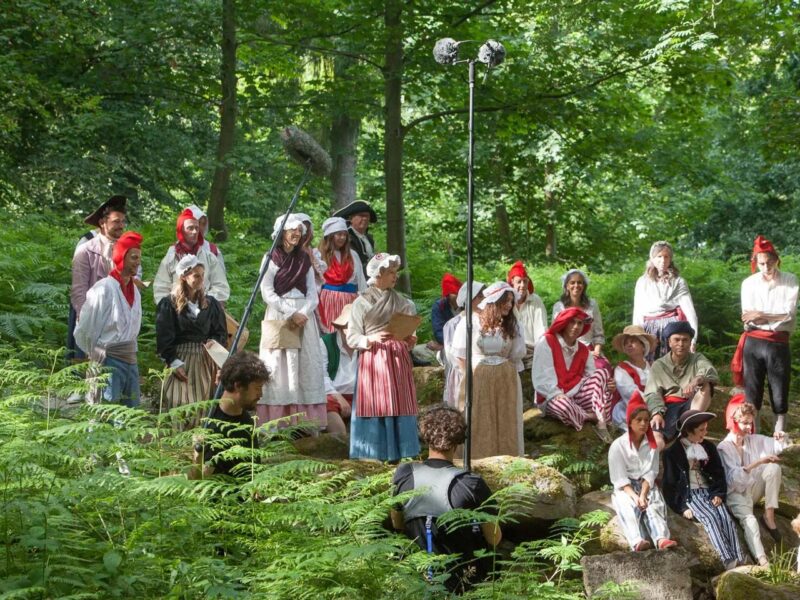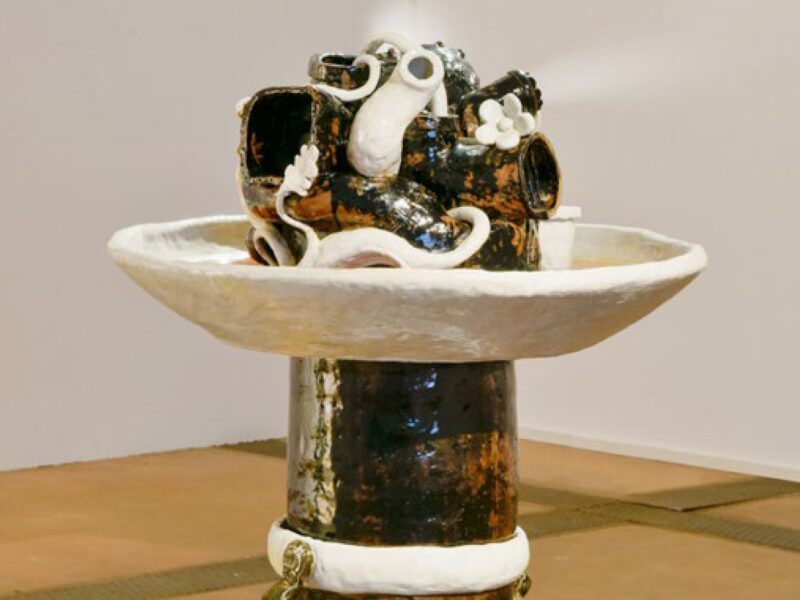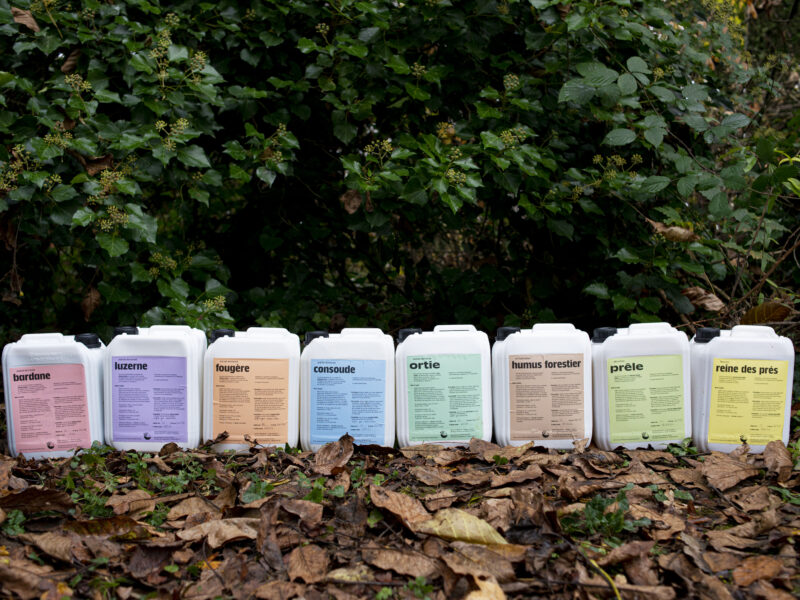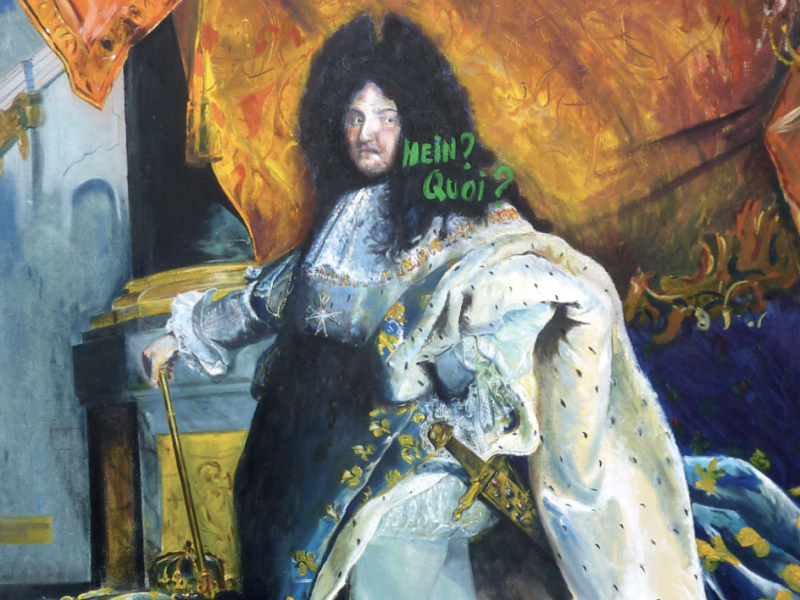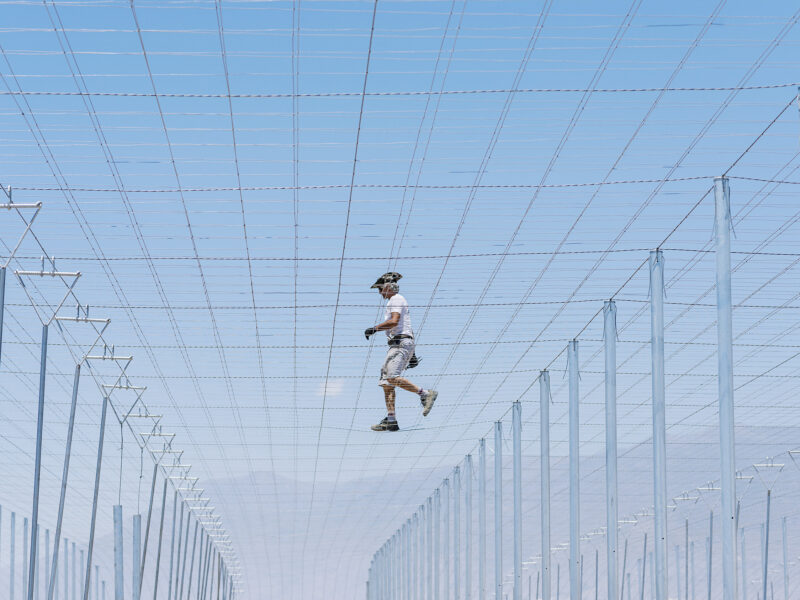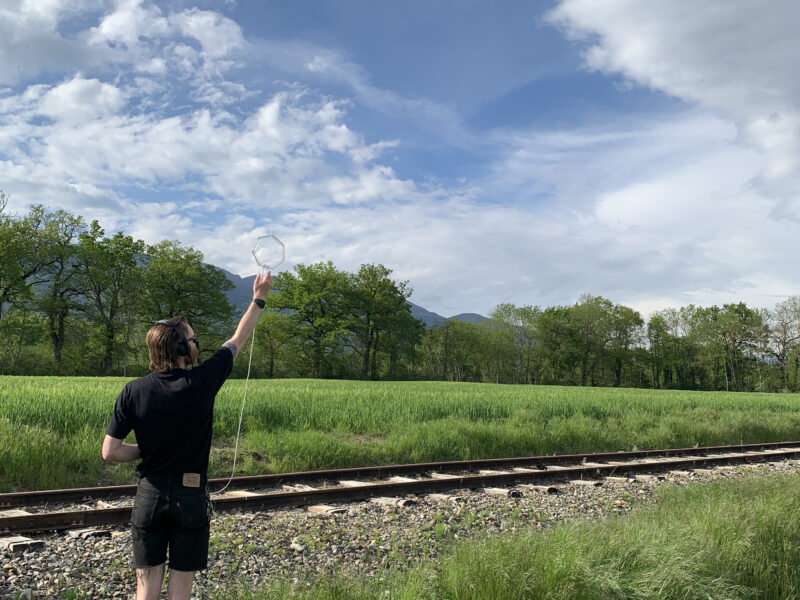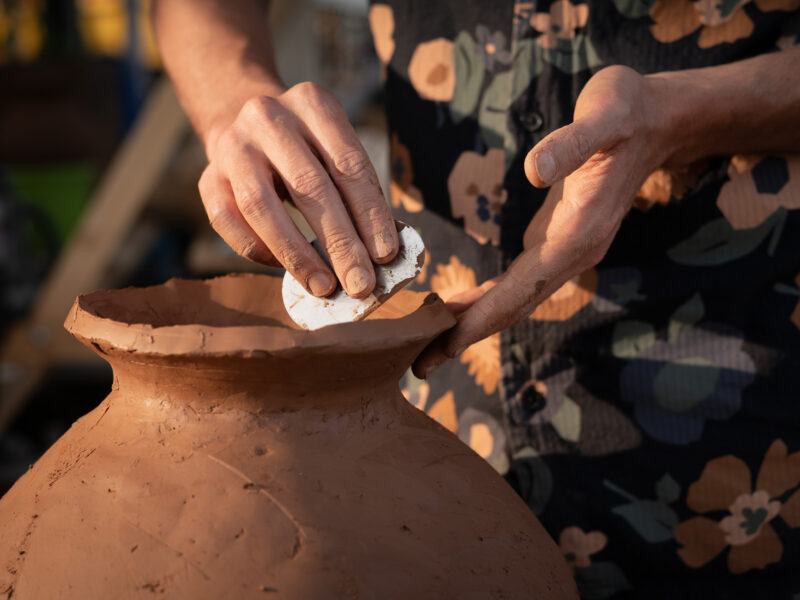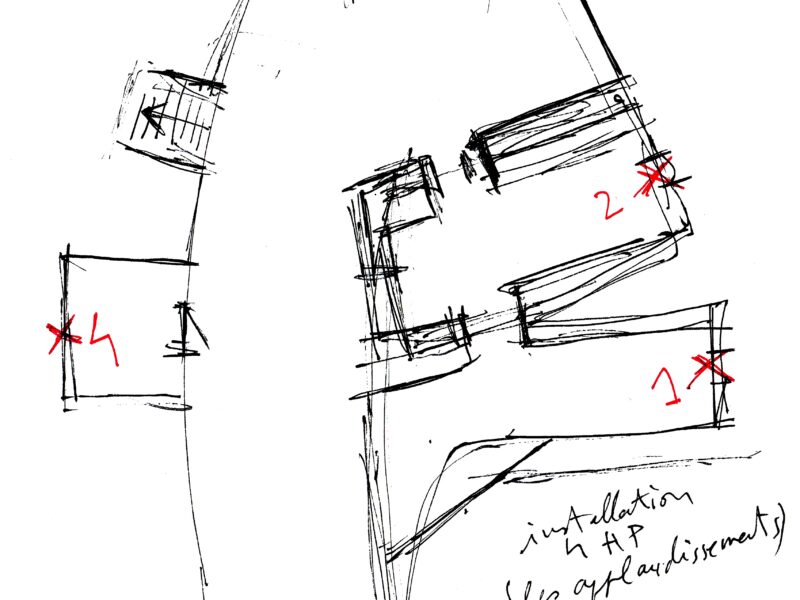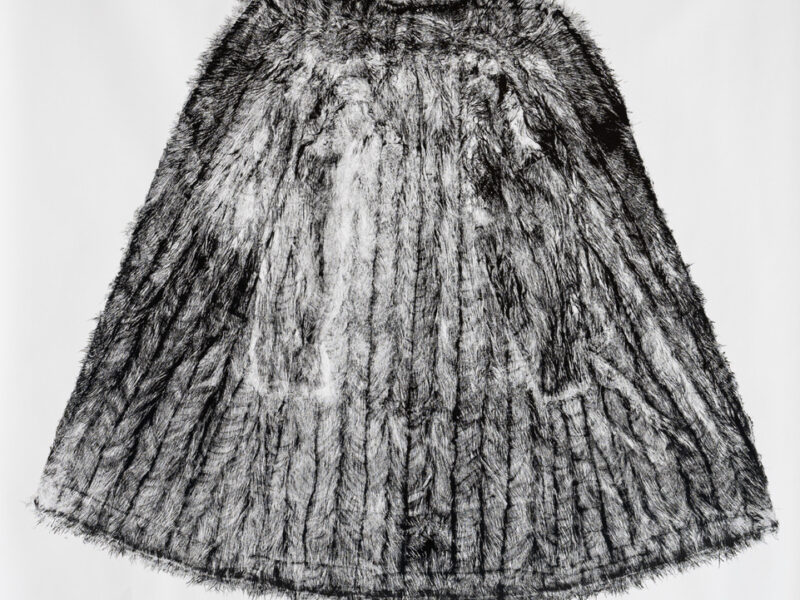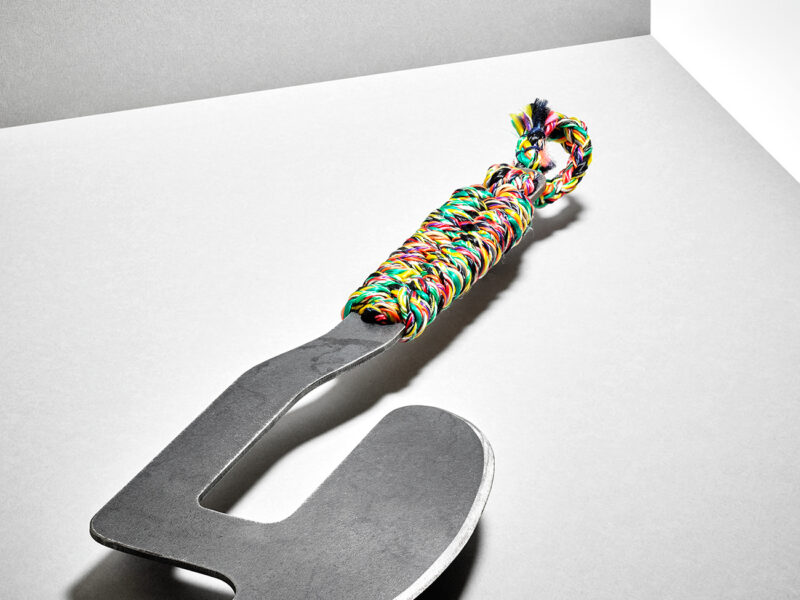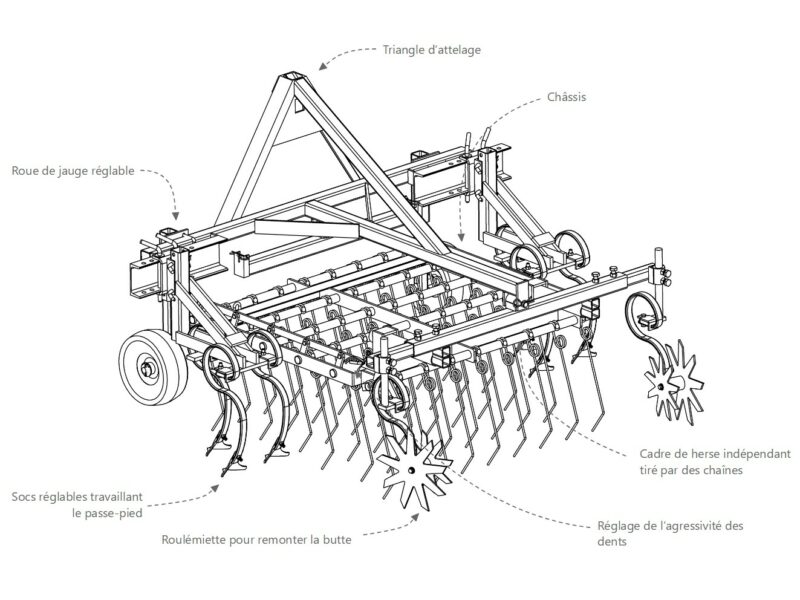Pascal Rivet
Fort l'Ecluse
Born in 1966 in Quimper, Rivet lives and works in Brest. An atypical figure in French contemporary art, he has always celebrated the dialogue between art and popular culture: after immersing himself in the world of sport, he scrutinizes the professional world and its automotive icons, both urban and rural. He participated in several group shows at Palais de Tokyo (Paris, 2002), Frac Languedoc-Roussillon (2008), Centre Pompidou (2011) and exhibited at the first biennale in Rennes (2008). He also did several solo shows at Passerelle, centre d’art contemporain (Brest, 2021), FRAC Bretagne (2018), Lieu Unique à Nantes (2011) and at The Fondation Cartier pour l’art contemporain à (Paris, 2000).
For over thirty years, Pascal Rivet has used his body and his skills to create replicas and simulacra, such as reproductions of traditional Breton furniture, accented with motifs of American Pop Art. He uses his body as a medium to imitate major sports figures, such as football players Eric Cantona and Fabien Barthez, or cyclists, featuring himself in classic poses from the world of sports, initiating a playful dialogue between himself and the images he creates. Unfailingly poetic, he creates instinctively, first observing the world of sports, then his surroundings. His oeuvre is wide-ranging but relentlessly precise. He makes use of photos, his sculptures are tinged with a spirit of bricolage, his language veers between the spoken and the written, evoking the familiar, but always with a razor sharp precision. His works are inspired by icons of modern life, and bear names that reflect this: Renault Express, Darty, Mobylette (moped) Dominos Pizza, Massey- Ferguson (tractors), New Holland, Brink’s Truck. His means of expression extends to models, painted words, pyrogravures, and films, larger than life and off-the-cuff.
For A Clamor, the artist has selected the work Dominator, a 1:1 scale replica of a Claas combine harvester, the iconic Dominator model, whose telling name evokes the vast monocultures emblematic of intensive industrial agriculture. This full-scale machine, entirely constructed of painted lathes, is the result of extended studio work, meticulously executed, that creates images akin to a Potemkin village.
